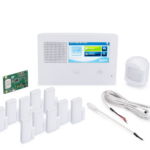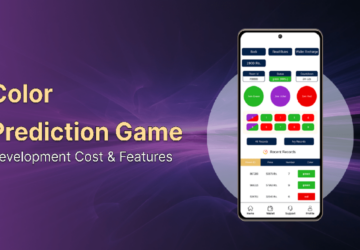One of the most critical components of preparing for the launch of any new project, including, of course, the creation of a minimal viable product (MVP), is a thorough study and segmentation of the target audience of the future product. In this article, we will explain in detail how to do it right.
What is the target audience, and is it really essential to know it to create an effective MVP?
In the nowadays’ practice of launching startups, bringing a new product or service to the market, and generally starting any new project, the preliminary creation of an MVP has long been considered an axiom. Of course, no one obliges you to pre-run your idea this way. It’s just an intelligent path that makes it possible to avoid unnecessary expenses and bitter disappointments. Experienced specialists in mvp development for startup have a rich arsenal of tools, methods, and techniques to make testing your future product as successful as possible. However, for the money you spend on creating a minimum viable product and analyzing subsequent results to give the highest possible ROI, you should study your future consumers and organize a targeted impact on the group that will provide the most adequate response.
In other words, if you’re not going to spend the lion’s share of your budget appealing to people who might not be interested in your information by default, you need to literally imagine your average customer in the flesh.
The words “in the flesh” are not abstract figures of speech. If you talk about your audience as “men and women with an average income from 18 to 80 years old”, you have no idea for whom you are supposed to spend the money to start the project. And therefore, you do not know who will bring you their money to buy your product or service. Ultimately, this merely means that you are acting at random. So, the success of your new enterprise will predict a coin that does not fall on heads or tails but, perhaps, only the one that hangs in the air.
So, after conducting preliminary research, you should get a deep understanding of the following:
- Who your audience consists of,
- Where these people live,
- What they are interested in,
- What their hobbies and needs are,
- What is their ability to pay,
- Where they work, and how they prefer to spend their free time.
Then you will surely get multiple returns on every cent invested. This will become possible because you will not guess but know for sure:
- Where exactly should you advertise and sell your products or services;
- When, to whom, and in what form must you offer your product so that it will be bought for sure;
- What and how to sell.
But, it is not in vain that they say: no pain, no gain. In order to achieve such a result, you will have to spend time and effort. However, you can rest assured that these costs will pay off a hundredfold.
What is target audience segmentation, and how to do it correctly?
It is pretty apparent that no matter how accurately you define the general scope of your target audience, within these frameworks, it is very heterogeneous. The people who make it up – your future customers – differ in gender, age, taste preferences, character, etc. To satisfy their expectations as fully as possible, you need to get as much information as possible about them. Naturally, your work will be much easier and more efficient if you first identify the groups that make up your target audience, and in the future, you will address these people not as a faceless mass but as your good friends.
Foremost, select the features by which you will classify them. Keep in mind that these groups will overlap. However, it cannot be otherwise.
Here are some examples of such a classification:
- Gender
- Age
- Income
- Psychological characteristics
When you determine the general borders of your target audience, you, of course, set the most general indicators of age and income. Now it is expedient to carry out a narrower stratification within this set. This will help you reach out to each of these groups with calls to action that are relevant precisely to each of them.
Perhaps the point “Characteristics” caused a question for you. Yes, this is the most difficult-to-grasp aspect. It can be discovered by tracking visitors’ behavior on your website, in a store, or in an office. It is essential to understand whether such buyers belong to extroverts or introverts. How they tend to make purchases – impulsively or after much deliberation and comparing options. Are they ready to study the technical characteristics of the goods carefully and for a long time, or rely on the reviews of other customers?
Collecting such information is a highly delicate challenge. However, if, when drawing up a technical plan for your minimal viable product, you set such a task for the experts from MVP development services for startups, they will surely be able to offer you the best solution. Modern tools for studying website visitors’ behavior allow such analysis to be carried out with a high degree of accuracy.
In any case, with such systematic data, you will be fully prepared to build an optimal marketing strategy in terms of both cost and commercial results.
Summing up
The recommendations given here are by no means complete and exhaustive instructions for researching the target audience of your product. This article aims to set the direction for exploring this essential element of preparatory work to create an MVP that will provide you with all the information you need before release. Keep in mind that one of the main goals of pre-release market research is to get as much feedback as possible. If already at the start, you have an idea about the general outlines of your target audience, you can use MVP to detail your knowledge on this matter. And a thorough understanding of your customers is always the right key to the success of your enterprise.








